
Dams have completely altered the species makeup, flows, and habitat of many of our most important river systems. In Alabama, home to some of the greatest biodiversity in the nation, Claiborne and Miller’s Ferry Locks and Dams have prevented migratory fish, like the sturgeon and Alabama Shad, from accessing their historic runs from the Gulf of Mexico up the Alabama River to their spawning grounds in the Cahaba River since they were built in the 1970s. These barriers have also left endangered and threatened mussels unable to reproduce and in peril of dying out. MUSSEL MEMORY explores the significance of reconnecting river systems and protecting Alabama's freshwater mussels, our natural water filtration system. Join scientists, conservationists, engineers and anglers as they fight to restore fish passage along the Alabama and Cahaba Rivers.
A project of this magnitude would culminate in the most ecologically significant river reconnection project in the history of the United States, right here in Alabama.
Directed by Nora Long.
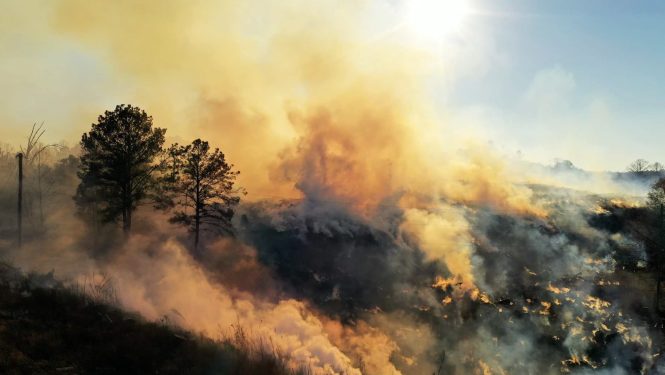
Landfills are an out-of-sight, out-of-mind part of everyday life in America, but in Alabama, they have long been a case for noxious odors, air and water pollution, and a lax regulatory environment that leaves communities vulnerable to environmental and health hazards. In the aftermath of a 2022 landfill fire near Birmingham that raged for months, suffocating multiple counties in smoke and odor, nearby residents demanded answers. They questioned how this was allowed to happen, why this company was not held accountable for years of violations, and what could be done to demand more from the Alabama Department of Environmental Management. This film holds ADEM’s feet to the fire, as non-profit organizations like Cahaba Riverkeeper, Gasp and Friends of Pinchgut Creek lead the charge to protect the water and air for nearby residents.
Directed by Annie Foreman.
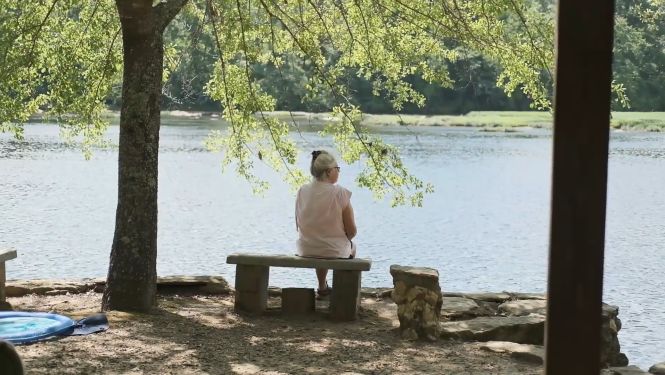
Hydropower dams, built decades ago, have dramatically altered river systems across Alabama. Downstream of the Harris Dam on the Tallapoosa River, families and landowners who have lost property and use of the river have a once-in-a-generation opportunity to ask for changes to the operation of the dam through the relicensing process. Their hope is that changes can improve downstream conditions and begin to heal the river. Directed by Paulina Sobczak.
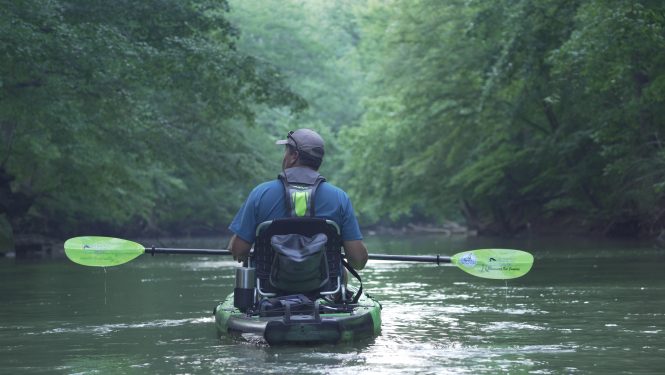
The current administration is rolling back crucial protections for streams and wetlands across the country in a direct assault on the Clean Water Act. This incredibly beautiful film tells the story of the rivers, streams, and wetlands of Alabama to illustrate the dangers of the proposed regulation. By doing so, it shows the economic benefits, ecological health, and cultural way of life that hang in the balance. Directed by Remi Escudié.
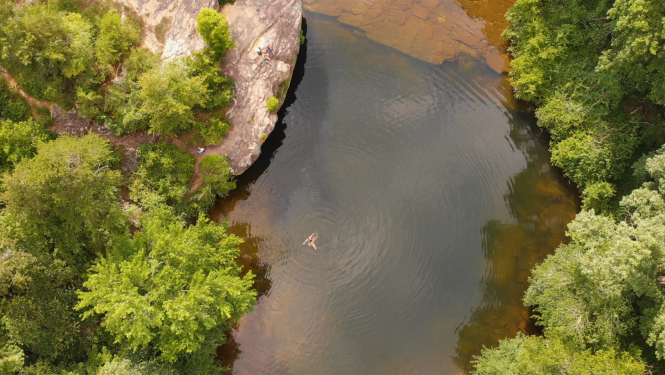
There's only one river in North America that flows entirely on top of a mountain -- the Little River in Northeast Alabama. For over 100 years, the Little River Canyon has attracted visitors with its geology, biodiversity, and breathtaking beauty. This film celebrates the Little River and explores how Wild & Scenic designation would benefit the communities along the river. Community members, citizens, artists, business owners, local storytellers, musicians and water protectors in the film all agree this beautiful area deserves protection and the special recognition that comes with it. Directed by Jeb Brackner.
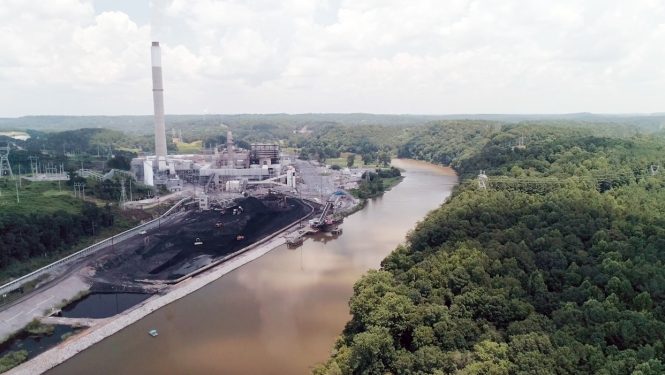
A small community in Northeast Alabama. A mayor whose town sits on the river’s banks. A businessman in the Mobile Bay. All of these communities are impacted by coal ash in Alabama.
Coal Ash, a pollution by-product of burning coal, is impacting communities across Alabama. Billions of tons of ash are stored in unlined pits alongside our rivers and stream causing harmful pollution such as mercury, arsenic, and many other heavy metal to be dumped into our rivers, lakes, and bays where we fish, swim, and drink. This film tells the grim story of coal ash in Alabama and what you can do to call on the electric utility companies to become leaders by cleaning up the pollution they have created.
Directed by Kaitlin McMurry.
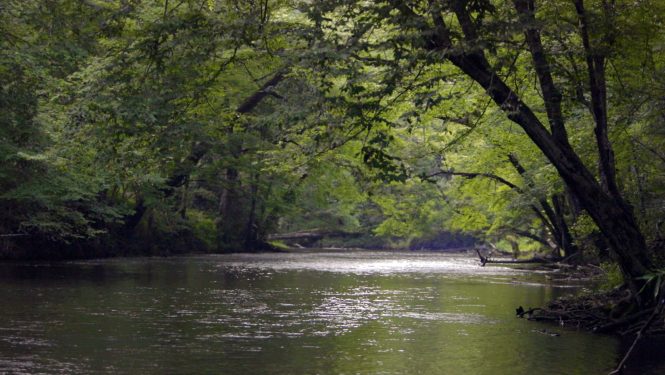
The Cahaba River is one of the Southeast’s most iconic river systems. Urban sprawl in the state’s largest metropolitan area has already placed a great strain on this important river system and now the proposed Cahaba Beach Road threatens to destroy the area along the Little Cahaba River that is the drinking water source for hundreds of thousands of people in the area. This film exposes the risk of building a road across an important forested stretch of river and how citizens and watershed groups are fighting to protect this precious resource. Directed by David Diaz.
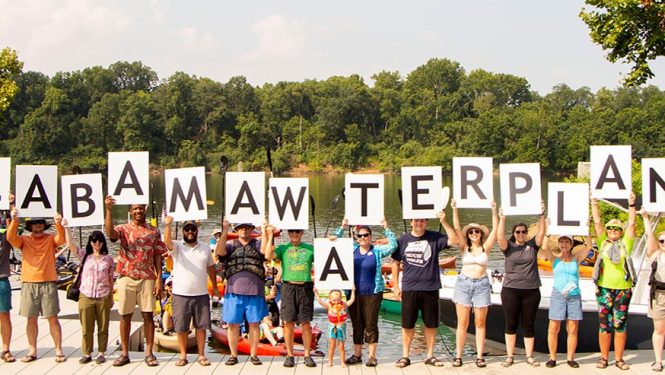
Alabama currently has no plan for how we will ensure that future generations have enough clean, affordable water. Our rivers and streams are home to more types of fish and aquatic species than any other state in the country, yet our laws do not consider how much water they need to survive. This film describes the current effort underway to develop an Alabama Water Plan and how having an abundance of water does not mean you can take it for granted without consequences.
Directed by Amelia Tyson.
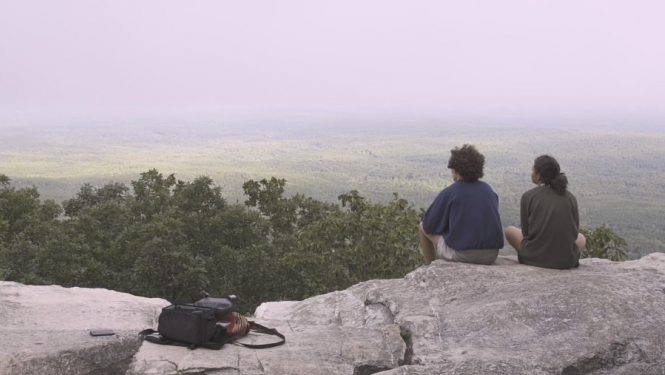
Alabama’s State Park System spans from the Appalachian Mountains to the Gulf Coast, offering a diverse mix of terrains, ecosystems and natural wonders that are beloved by visitors and residents statewide. But keeping these precious public lands funded has been a constant battle in the face of state agency deficits and budget cuts. This is the story of those working to preserve the state parks and how Alabamians can advocate for their protection. Directed by Mary D. Recio.
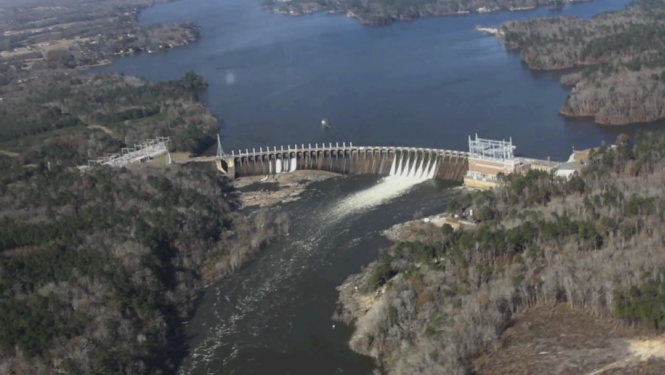
For over 100 years, Alabama’s rivers have been put to work with dams and navigation locks--sometimes with high ecological costs. As these structures age and with some no longer serving their original purpose, the idea of reconnecting rivers becomes a realistic possibility. In looking comprehensively at river management decisions and questioning the impacts of dams on Alabama’s waterways, its wildlife and its people, the vitality and biodiversity of connecting Birmingham to the Gulf is imagined. Directed by Matthew Grcic.
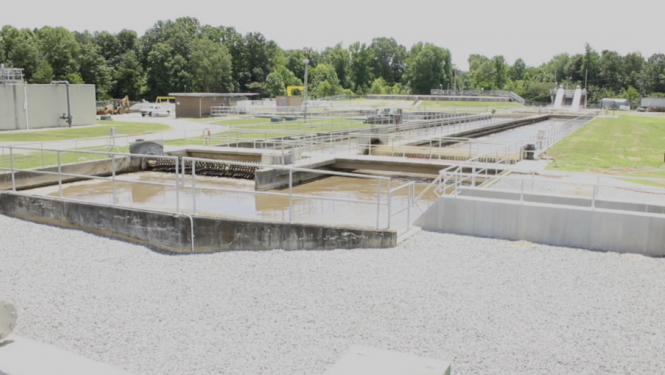
People believe that what they flush down the toilet gets cleaned at a wastewater treatment facility. But in Alabama, the lack of funding to repair and maintain aging infrastructure often leads to untreated wastewater being dumped in places where families swim, paddle and fish. Even worse, there is no comprehensive system to notify the public when water quality has been compromised. In the absence of agency enforcement, how can citizens take action and hold these facilities accountable? Directed by Cai Thomas.
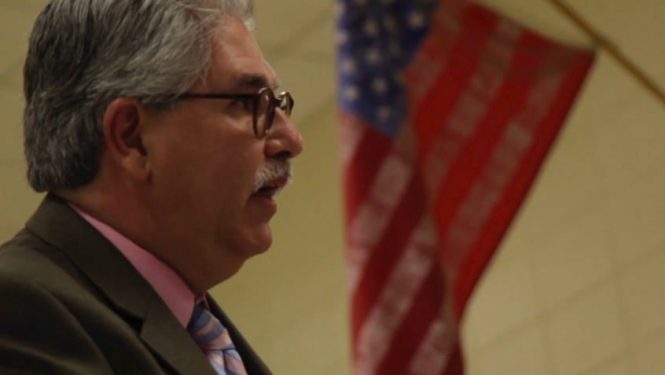
After Dr. Peter DeFranco began noticing that stormwater pollution was streaming from a nearby development into a neighborhood lake, he decided to take action by collecting water samples and documenting the visible environmental effects. This is the story of an individual trying to make a change in his own backyard, and the important role of citizen enforcement in reporting stormwater violations in the absence of action by state and local agencies. Directed by Jesseca Simmons.
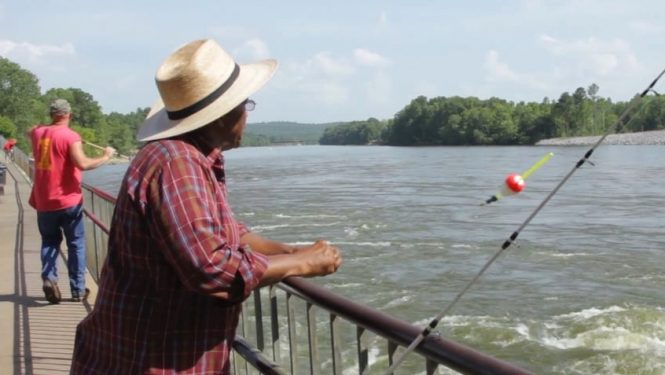
Just below the H. Neely Henry Dam on the Coosa River, Mr. Woods catches catfish to fry and eat. Like many lakes and rivers in Alabama, this spot has a fish consumption advisory, indicating that the fish may contain dangerous levels of mercury and other contaminants. The Alabama Department of Public Health suggests limiting or avoiding consumption of some fish species in certain locations--information found on the agency’s website--but there is no legal requirement to post signs for fishermen. Where does that leave Mr. Woods and others who depend on fishing for sustenance? Directed by Natasha Raheja.
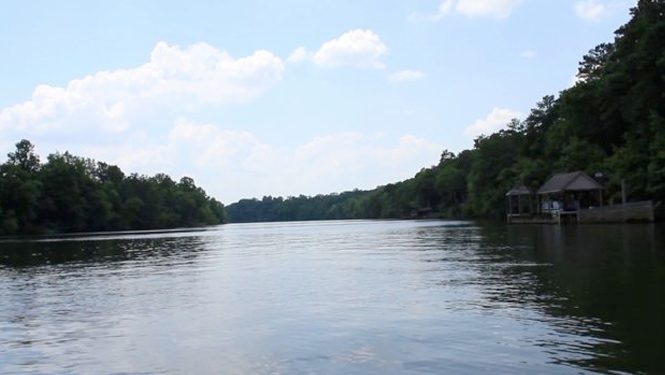
Despite being one of the most water-rich states in America and unlike neighboring states with plans in place, Alabama lacks a water management plan. Unregulated water withdrawal, population increases, economic development, and agricultural demands put stress on our water resources that becomes more apparent during droughts. Follow the Coosa River downstream to discover the competing uses of this precious resource and how Alabama can protect its waters for the future. Directed by Zoe Gieringer.
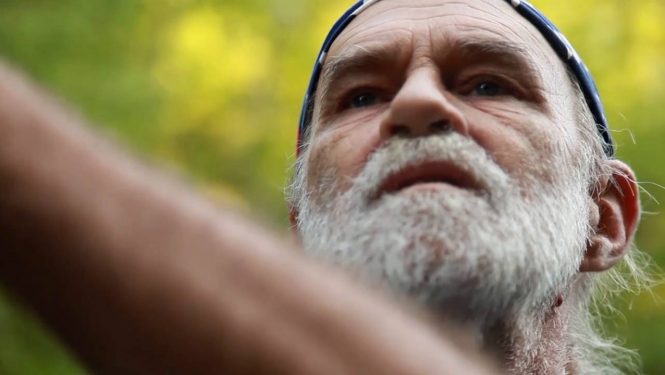
John Wathen was just an average guy until coming into contact with toxic chemicals, stumbling upon a video camera, and discovering his passion for protecting the region’s waters. Watch this Alabama native's transformation into an internationally-recognized environmentalist. Directed by Kristine Stolakis.
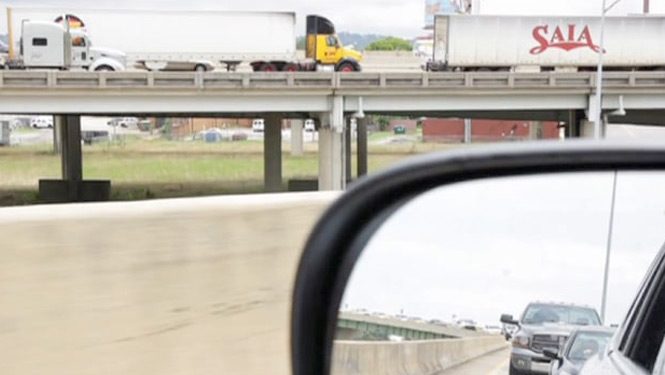
With a price tag of over $5 billion, the Northern Beltline would not only be the most expensive road project in Alabama history, but it would also push sprawl into rural landscapes, exacerbate air pollution in the region, and increase polluted runoff into the Black Warrior and Cahaba Rivers. Who will profit—and who will pay—if the controversial Northern Beltline is built around the city of Birmingham? Directed by Rhonda Chan Soo.
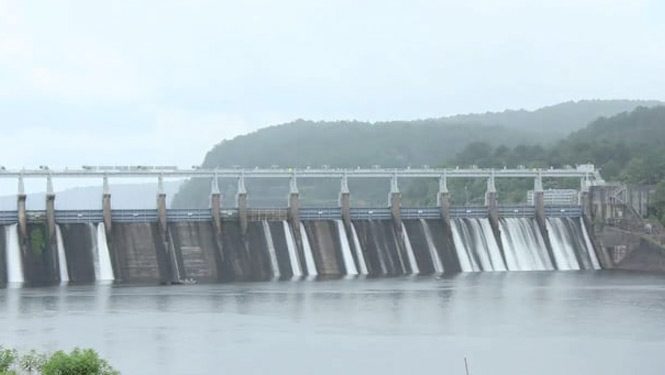
Dams can permanently disturb the structure and function of once free-flowing water bodies, and the damming of the Coosa River has resulted in one of the largest extinction events in U.S. history with 40 species lost forever. How has the damming of Alabama's rivers altered our watersheds, water quality, and water quantity of our state? Directed by Katherine Gorringe.
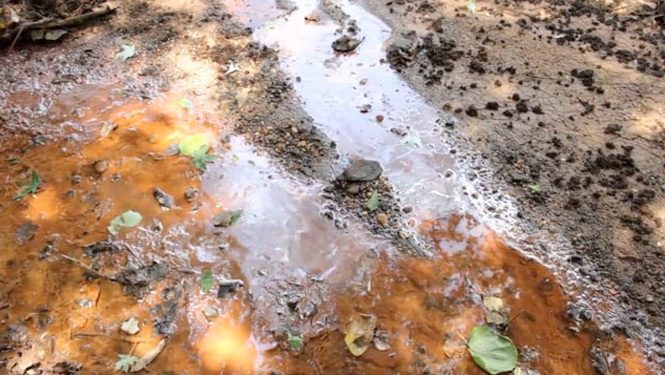
Every time it rains, water carries trash, chemicals, and other pollutants directly into our rivers and streams, posing a serious threat to the health of our waterways and drinking water. Polluted runoff from our streets, parking lots and other surfaces is a major problem for Alabama’s waters, and one of the leading causes of water pollution in the South. Is it too late to turn the tide? Directed by Emily Fraser.
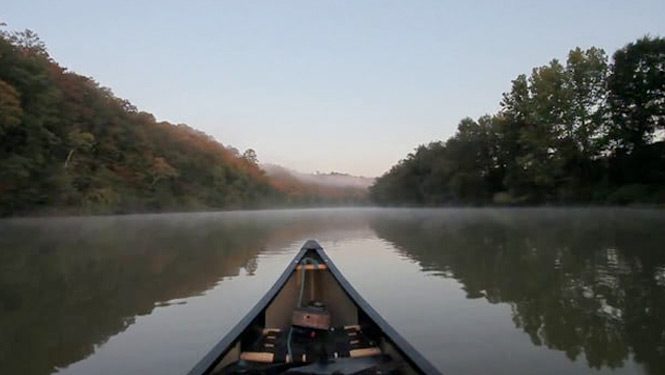
Take a closer look at the controversial Shepherd Bend coal mine, a massive strip mine proposed on the Black Warrior River northwest of Birmingham, Alabama. Among other threats, the mine would discharge pollution into the river just 850 feet away from a drinking water intake that serves some 200,000 people in the Birmingham area. Directed by Rebecca Marston .